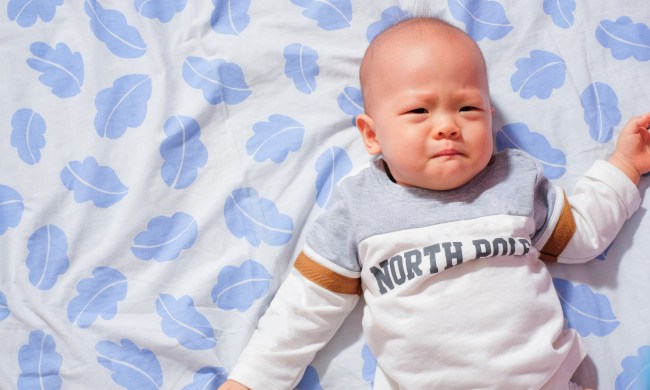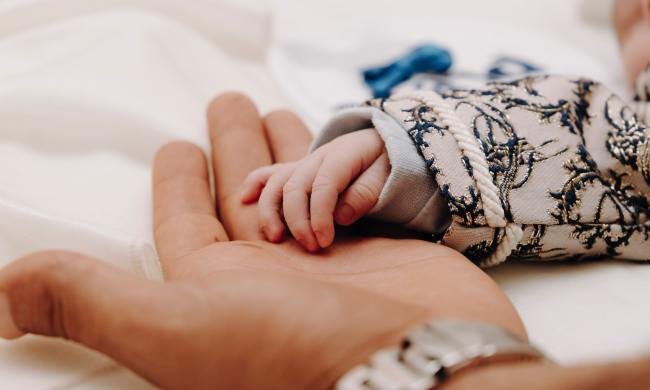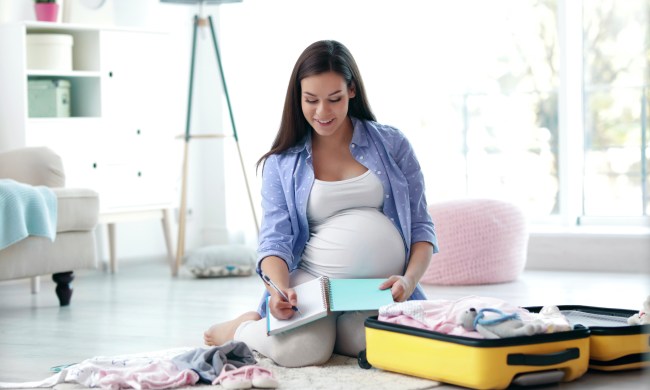Taking care of a baby can come with many challenges and obstacles, so being one step ahead can mean the difference between a controlled situation and a hectic emergency. In particular, it is recommended that parents, guardians, and caretakers have certain essential items in their baby’s first aid kit to ensure preparedness. It will give you peace of mind that your baby always has the items they may need.
Baby thermometer
Fevers are dangerous for people of any age, but they are especially serious for babies. It is important to regularly monitor your baby’s temperature, and the best way to do that is with a thermometer. Having a thermometer on hand can help you check your baby’s temperature whenever they feel too warm. It is the perfect way to get reassurance on a regular basis that your baby is in good health.
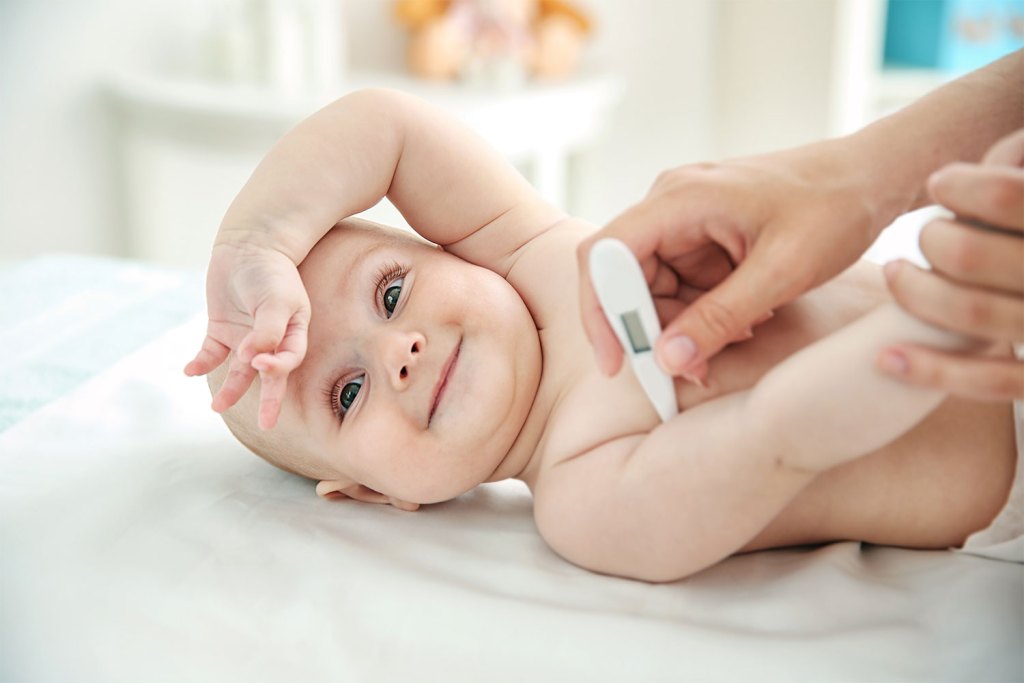
Baby thermometers are fairly affordable, so you can purchase an extra one to store in your child’s first aid kit.
Cotton balls
Cotton balls are a baby’s best friend. These soft bundles of fluff are the perfect item to have on hand. They can be used for cleaning your baby’s face, hands, tummy, ears, mouth, and more. It is important to ensure that the cotton balls you purchase are made from 100 percent cotton because a baby’s skin is very delicate.
Medicine dropper
Babies can be feisty little humans, and the best way to ensure they take their medicine is with a medicine dropper. Medicine droppers will make sure your child receives every drop of medicine they need. They help reduce the fuss and mess that can come with other methods of medicine administration.
Band-Aids
The staple in any first aid kit is the Band-Aid. These bandages are perfect for little cuts, burns, and rashes that may occur on your baby’s delicate skin. When it comes to getting Band-Aids for your baby’s first aid kit, look for ones that are colorful, small, and hypoallergenic for sensitive skin.
Antibiotic ointment
Regardless of what little cut or scrape your child gets on their skin, it is important to always clean and protect it properly. One of the best ways to do this is with antibiotic ointment. This type of ointment destroys bacteria and prevents the growth of more bacteria during healing.
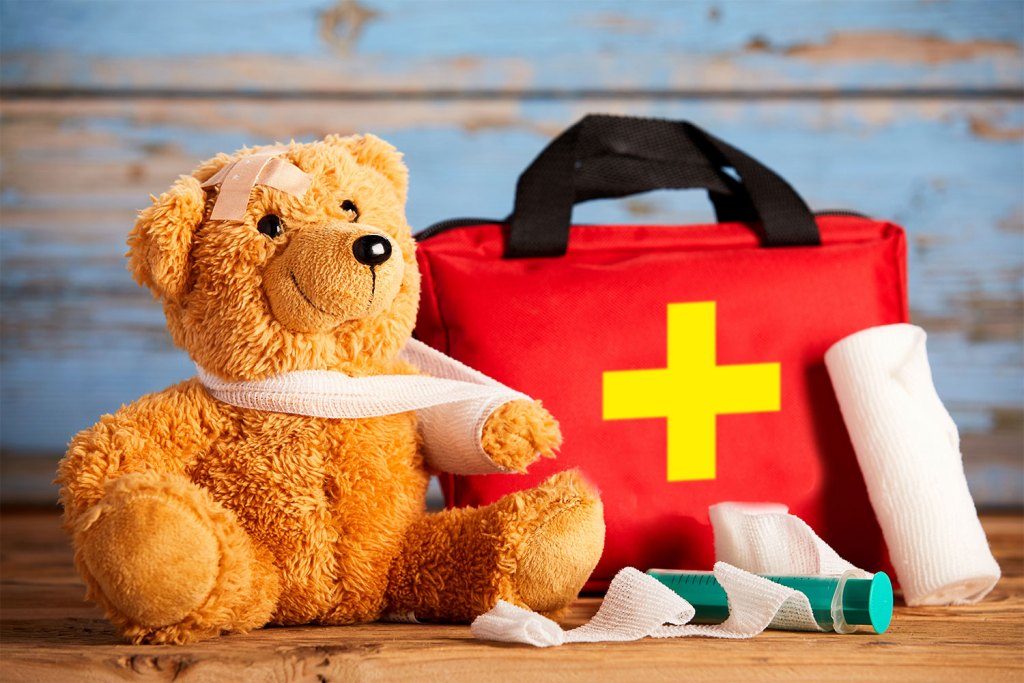
Baby gas medicine
Burping and farting are activities shared by babies around the world. Since these little gas makers create so much gas, it can sometimes get backed up and cause painful stomach cramps. To relieve any discomfort your baby may experience, it is helpful to have gas medicine on hand. Look for gas medicine designed specifically for babies. This way, you’ll know that all of the ingredients are safe for your child.
Petroleum jelly
Soothing little cuts, scrapes, and burns is all you can do when your baby has an accident. Luckily, there is an affordable and effective product that is perfect for your baby’s first aid kit: Petroleum jelly. Petroleum jelly is great for moisturizing dry skin, healing minor cuts and scrapes, and so much more. It is a great versatile tool to have around whenever boo-boos occur.
Emergency contact card
One last important item you should have in your baby’s first aid kit is an emergency contact card. The last thing you want to do during a medical emergency is frantically search for contact information. Instead, list the phone numbers and addresses for your baby’s primary doctors and hospitals on a card and place it in the kit. Don’t forget to include all your contact information, too, so babysitters will have access to it. You can laminate a regular piece of paper for a quick and easy homemade contact card.
First aid kits for babies ensure you are always prepared in case of an emergency. Complete your baby’s first aid kit essentials – especially the eight items listed above – to keep your precious little one healthy and happy.
